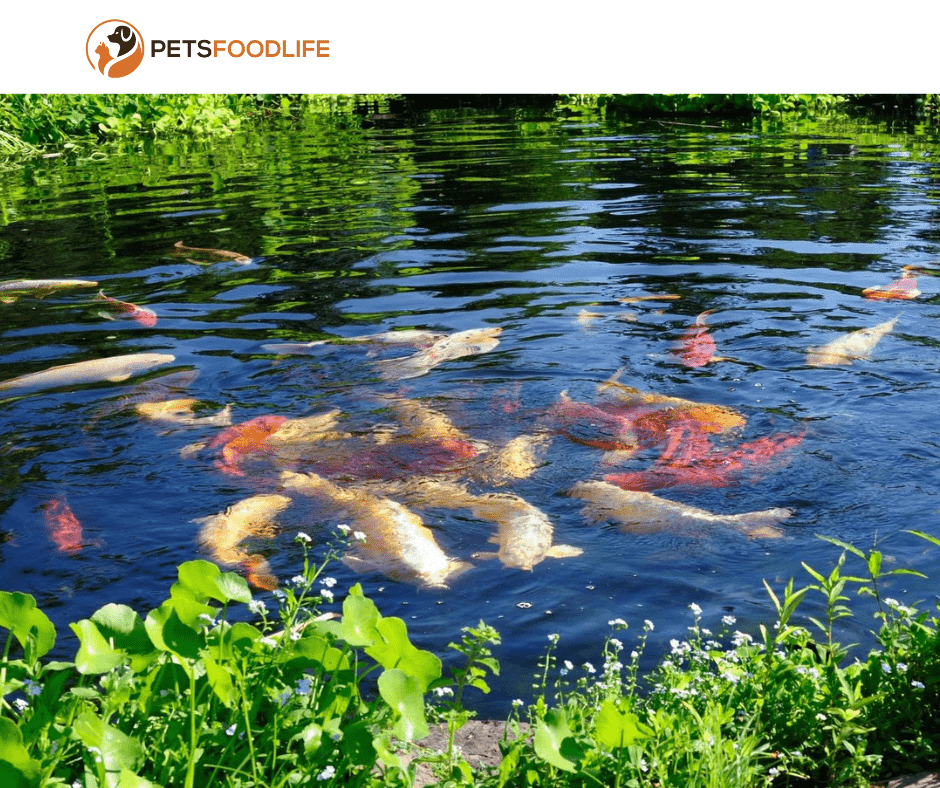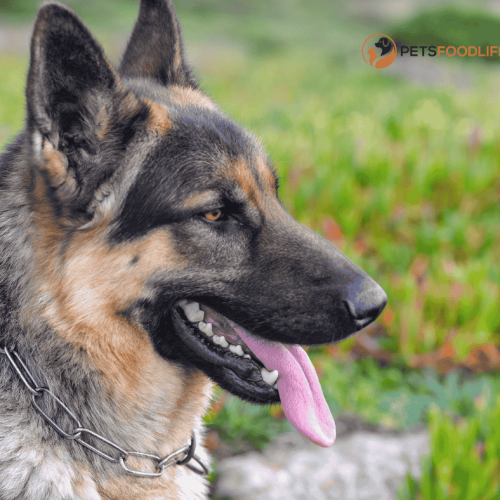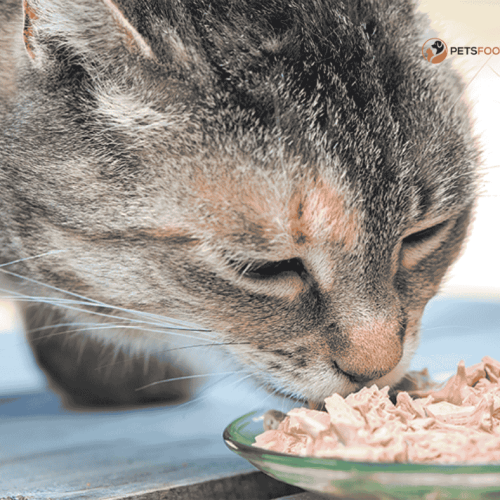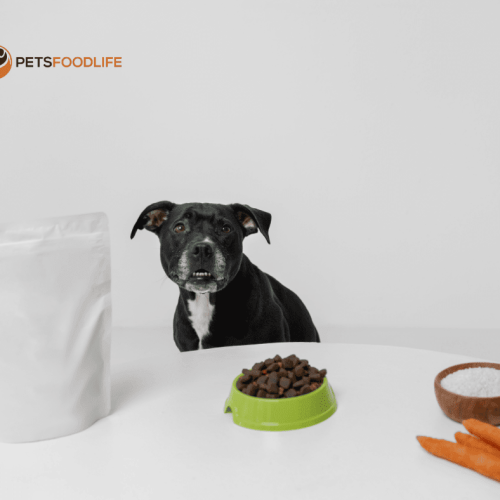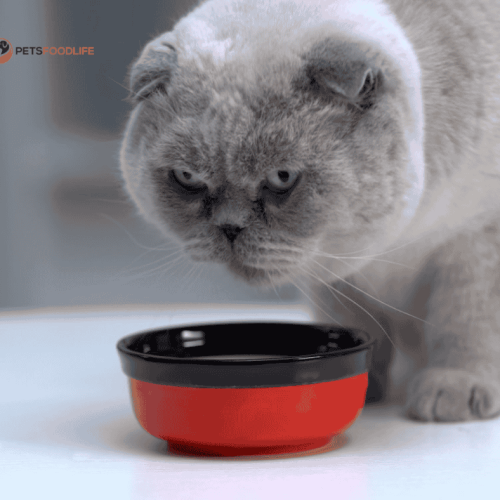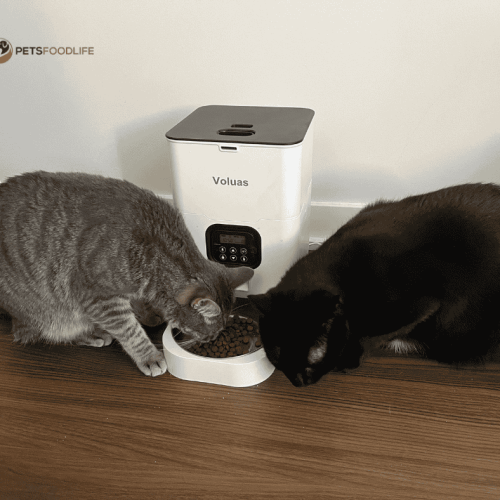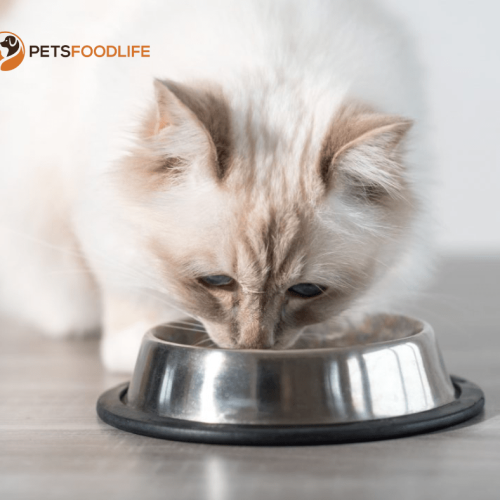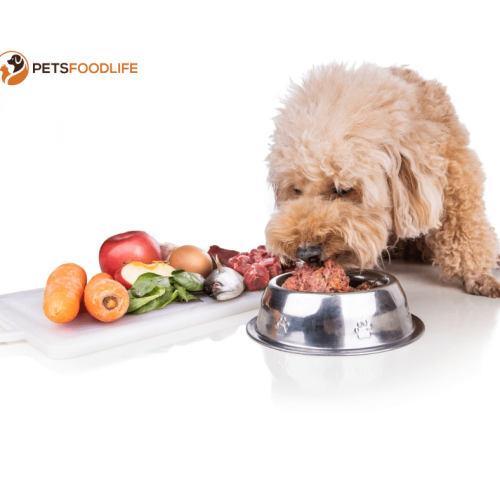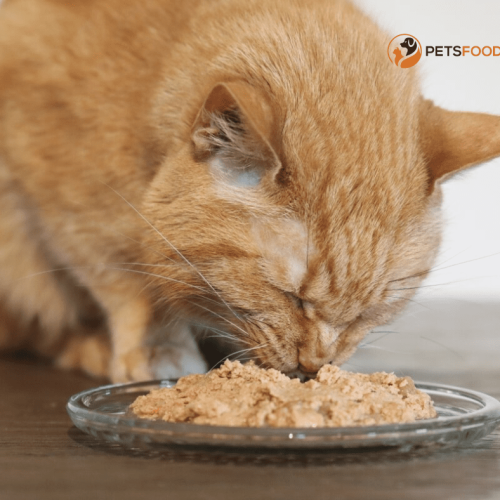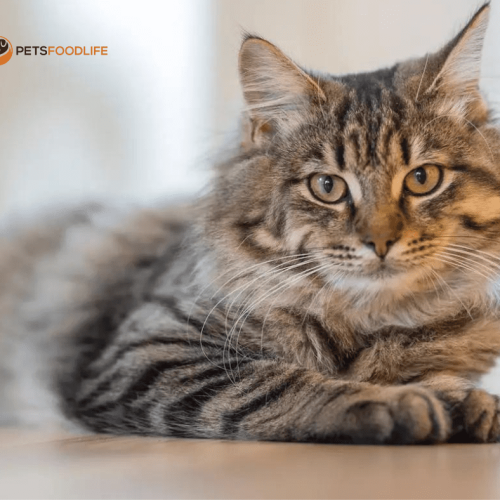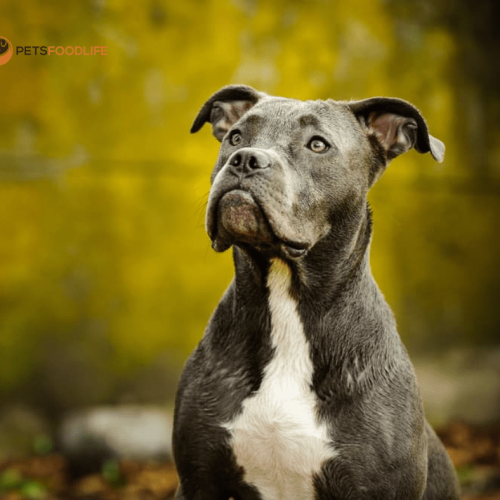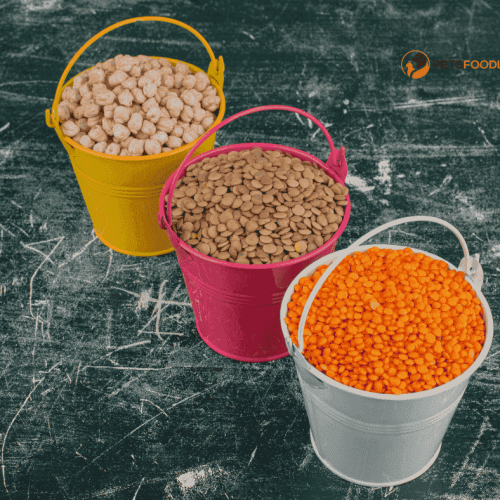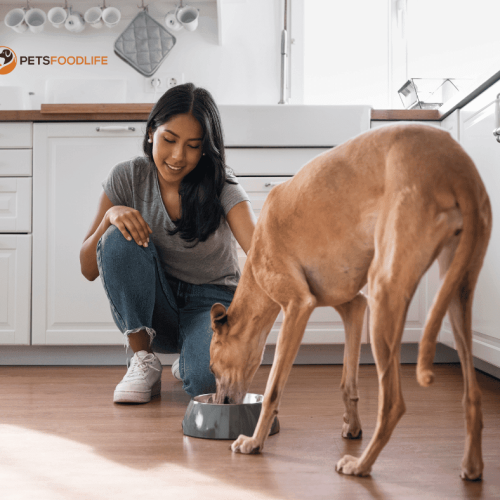Feeding the pond fish with the right diet is important. The correct feeding will produce healthy, beautiful, and active fish. In this article, I will help you choose the ideal fish food for ponds. In this article, we will talk about the kinds of food available, feeding methods, and seasonal aspects.
How to Cater for Pond Fish Nutritional Needs
Pond fish required a diversified diet. The diet should includes proteins, fats, carbohydrates, vitamins, and minerals. It is worth noting that a balanced diet encourages growth, improves resistance, and increases pigmentation. The appropriate diet will also lessen the amount of excretion and thus ensuring there is good water quality.
Fish Food Types for Ponds
Widely available fish food is of different types. Each type serves the fish for a specific objective. Let us look into the most fequently used options.
- Pellets: Pelleted feeds have gained lure and are available in either floating or sinking feeds. Surface pelleted diets assist observation of fish when fish practice surface feeding while good sinkers are used by the bottom-residing fish.
- Flakes: Flakes are easy to feed to the fish. Flakes are suitable for most fishes since they are palatalable. Flakes are recommended mostly for small and medium fish.
- Sticks: Sticks are avoided by large fishes. Sticks float on the water surface making them easily visible.
- Wafers: Wafers are meant for bottom feeders. They are normally slow sinking such that, bottom fish are able to feed.
- Frozen food: Frozen food is of high nutrition value. Examples are blood worms, brine shrimp and daphnia. Frozen food must always be thawed before use.
- Live food: Live food is highly nutritious but carries the risk of containing parasites. Such include insects, worms and small crustaceans.
- Homemade food: Homemade food gives you the control of the contents and portions. The blend may contain vegetables and fruits while the diet may include seafood.
- Additional Food: Apart from feeding the fish with flakes consider adding fresh fruits and vegetables to their diet. Such as peas, lettuce and zucchini.
Feeding Practices for Pond Fish
Proper feeding practices are critical to avoid. Overfeeding causes water pollution. Underfeeding leads to malnutrition. These recommendations should be taken into account for correct feeding.
- Keep It Small: Provide small portions. No matters how many fish one has, all fish should clear the feed in a maximum of 5 minutes. Any extra food should be removed to reduce wastage.
- Continuous Feeding: Every day at the same time mass feed your fish at the same time. This routine aids in the identification of days with specific feeding.
- Recording the Feeding Activity: Viewing your fish eating does not spoil your experience either. On a healthy fish eating pattern, how a healthy fish behaves during feeding should be active.
- Do not be too generous: Water pollution due to waste being generated out of over feeding. It will also contribute to psychological effects such as excessive bloating and also physical health problems such as swim bladder disorder.
- Feed According to Temperature: Fish metabolism decreases in cooler water. Do not feed as much in winter.
- Use the Right Food: Use the appropriate food for the species of your fish. Plant-eating fish demand more vegetable matter. Meat-eating fish need more meat contents.
Seasonal Feeding Tips
As the seasons change so do the feeding habits of fishes. Here’s what you can do to change the feeding approach.
- Spring: Daily quantities of fish feed should be increased as temperature rises. For a short time use protein rich food for recovering from fasting after winter.
- Summer: It is advisable to feed your fish several times a day during summertime. Fishes have more activities and require more energy.
- Fall: Decrease feeding as temperature decreases. Use low protein content in a fish feed for the fish to prepare them for the cold season.
- Winter: Two regions have been identified. Winter cold is a season when feeding an aquarium fish may end or a total of no feeding is done. Fish’s biology enters a slow, semi-dormant biology.
Choosing the Best Fish Food for Ponds
It is crucial to know each of these factors in order to choose the right type of food. When out in a pond deliberating on the type of fish food to give, the following should be considered.
- Fish Species: All animals have something to eat but some of them are choosier than other and it is the case with “fish”. Investigate your fish for their feeding needs.
- Size of Fish: Ensure that the size of your fish is ideal with the food. Small fried need smaller sized pellets or flake foods.
- Water Temperature: Water temperature also affects the rate of metabolism in fishes. Adjust the practices of fish feeding responding to the above.
- Pond Size: Food requirements may increase if the size of the pond is larger. If you are deciding on volume, weigh the number of fish as well.
- Brand Quality: Brand names should be earned. With quality food, the nutrition can be ideal with low level of fillers.
Benefits of Proper Nutrition
Proper nutrition has a number of advantages. Such fish are healthy, active, and very attractive in color. The fish are able also to combat diseases better. It is also important to note that all efficient feeding methods lead to less waste management which affects positively the water quality.
How to Store Fish Food for Ponds
Correct food storage is critical in ensuring that the food serves its true purpose as intended. Follow these storage tips to keep fish feeder fresh.
- Store in a Cool, Dry Place: Fish food should be placed in a cool and dry area. Limit exposure in the sunlight.
- Use Airtight Containers: Place the food in airtight containers. This keeps moisture and even insects out.
- Check Expiry Dates: Always check the expiry date. Outdated food resources do not possess the nutrients as the fresher ones do.
- Avoid Bulk Purchases: Purchase food in small amounts so as to avoid going bad.
Common Mistakes in Feeding Pond Fish
If you are feeding pond fish, these are some of the errors you should avoid.
- Overfeeding: Overfeeding is predominant among people. There are repercussions regarding the water quality and health of the fish.
- Feeding the Wrong Food: Not all food is appropriate for all fish. Always remember to provide the proper food type.
- Ignoring Seasonal Changes: Increasing or decreasing the amount of food is stronger during these times. Adapt your creating practices to the period as well.
- Not Removing Uneaten Food: In general, uneaten food should always be finished. It can rot and cause pollution of waters.
- Feeding at the Wrong Time: Usually the feed is given during the day. It assists fish in developing a timetable.
Conclusion
It is especially important to pay attention to the food offered to the fish in your pond. It makes it possible for fish to be healthy, bright, and energetic. With the right diet and good moderation in feeding, maintaining a beautiful pond is possible. Do not forget that temperature changes affect feeding levels and accordingly the storage of the food needs renewing.

